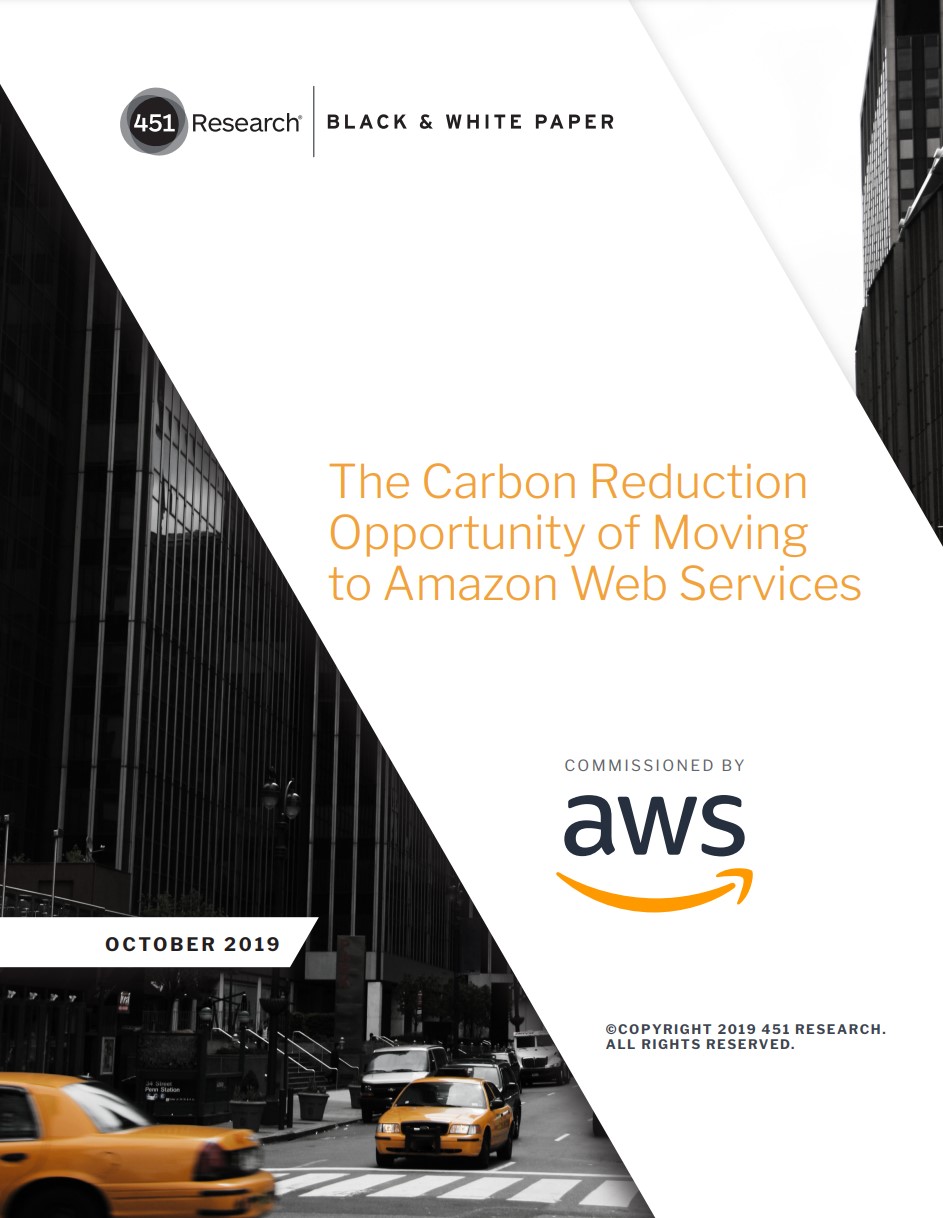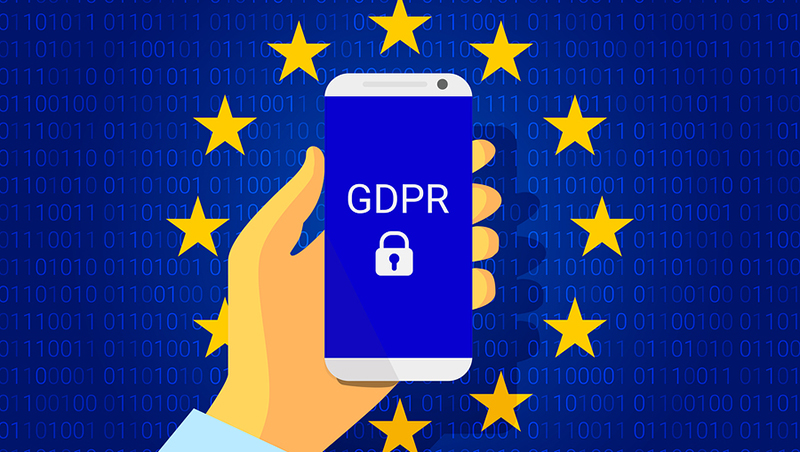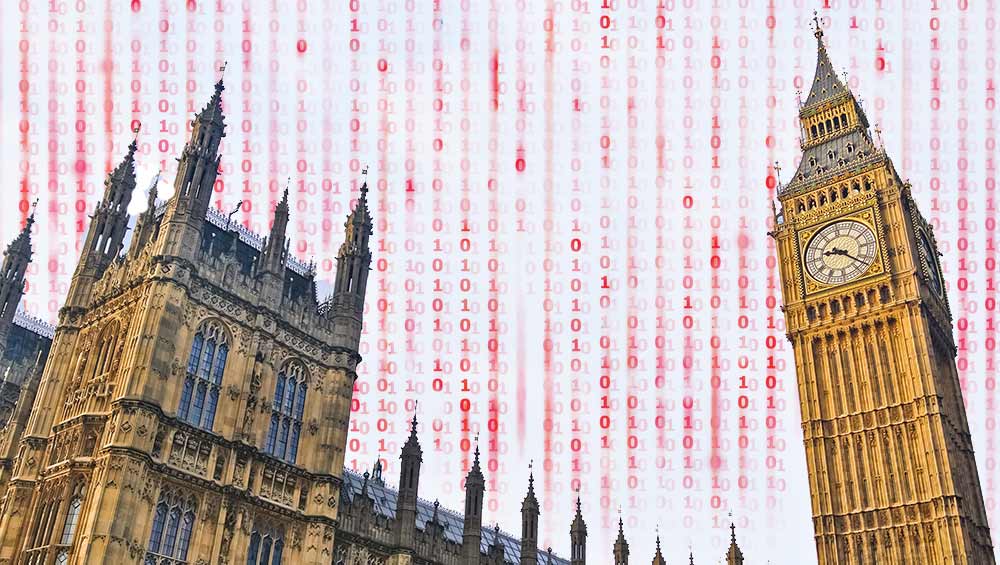What is your digital footprint?
Your digital footprint is always growing – so we explore how you can keep it under control


While the myth of your smartphone ‘listening’ to you has been long-since debunked, the attentive internet user knows all too well the power of digital advertising companies and how easily you can be traced online. The digital footprint we leave behind is how these firms are able to deduce our likes and dislikes, our friends, our enemies, and what restaurant we want to visit before we even know ourselves.
RELATED RESOURCE

The carbon reduction opportunity of moving to AWS
How businesses are addressing sustainability issues with the help of the cloud
Indeed, it can be unsettling when these odd occurrences happen, and remind us of the deep trail of breadcrumbs we leave behind after every browsing session. Of course, there are ways around being tracked, but these often require a much more laborious and scrupulous internet experience than many consumers are happy to undertake.
Not everyone is as carefree with handing over their data, however. It can be a disconcerting feeling to know that your entire life and personality can be mapped by any company with the requisite resources. There are certainly a number of ways to go about managing your digital footprint and understanding how companies track you is key to reverse engineering their methods.
The definition of a digital footprint
To better understand what we mean by the term 'digital footprint', we can use LinkedIn as an example. Once you fill out your profile, users can view certain pieces of information about you from the data that’s available, and make conclusions based on that data, whether or not you mean to make this possible.
From your profile, it’s likely that users can ascertain your goals, ambitions and career history. From other social media platforms, such as Facebook or Twitter, the same people can learn about your favourite restaurants or holiday spots, your closest friends, and the area in which you live. These examples are only a handful that demonstrate how filling out a few forms might generate a broad digital footprint that companies capable of processing big data can use to get extensive insight into you, and large groups of people.
Although it is almost inevitable that you will post things on social media and then regret doing so later, hidden data points that can be harvested by apps and systems are more alarming. This layer is far more valuable than the digital nuggets you’ll have dropped as you migrate between social media platforms, and if successfully harvested will certainly reveal more in-depth information than you would feel comfortable disclosing.
Each click on a website is registered as a data point, which is combined with other pieces of data including how often you’ve visited a certain page, and when. These can be on-site interactions — adding items to your shopping basket, for example, or likes and comments on social media platforms — or wider tracking of user activity. As a case in point, Meta uses tracking scripts to log user activity on websites accessed through Facebook links, and creates detailed advertising profiles based on them. This is often the reason you see ‘relevant ads’ on certain sites, even though you haven’t made an active search for the advertised items. These data points are combined and shared between organisations to process in a way that best suits their business models, such as Amazon's alleged use of third-party seller data to inform its own retail decisions.
Get the ITPro daily newsletter
Sign up today and you will receive a free copy of our Future Focus 2025 report - the leading guidance on AI, cybersecurity and other IT challenges as per 700+ senior executives
This process isn’t inherently evil, and can benefit you by tailoring your browsing experience to only serve you adverts that you’ll be interested in pursuing further. There can also be moments, however, where you’ll be browsing and the level of personalisation you encounter, based on your digital footprint, becomes intrusive.
The downsides of your digital footprint
While personal data can be utilised for good, it can also be misused by hackers to fuel cyber crime. This may occur as a result of third-parties observing your method of payment, or observation of your spending habits out and about on the high street. Elements of your life you would prefer to keep private can be exposed through exploitation of your digital footprint, inadvertently or otherwise, and subsequently used to blackmail you.
There are several ways you can minimise these risks, but there are a number of moving parts of which you must keep track. When it comes to your digital footprint, for instance, there are two types: active and passive.
Active digital footprint

An 'active' digital footprint is the publicly traceable information that you share online, including Facebook updates, message board posts and Twitter rants. We rarely think about this type of digital footprint, but under the right (or the wrong) circumstances it can become a major headache.
The most obvious example is in employment, which is still a very subjective and human-led task despite increasing attempts to automate it. When hiring a new member of staff, the vast majority of companies now look up potential candidates' social media profiles. You may have a bulletproof CV, but if your Twitter feed is a stream of complaints and insults directed at your former employer, that will likely prove a one-way ticket to the rejection pile.
Similarly, many people have been brought down by ill-advised social media posts being unearthed years after they were first put up. The UK's first youth police and crime commissioner, for example, lost her job in 2013 after racist and homophobic tweets she had made emerged. The government's Data Protection Act 2018 allows people to clean up their childhood social media footprint, which should go some way to getting rid of embarrassing views people no longer hold.
Passive digital footprint
Your passive digital footprint is made up of the information that companies are harvesting behind the curtain, such as browsing data, IP addresses and purchasing habits. This is often collected without our full awareness, and is used for AdTech purposes, to build customer profiles and more.
There are a number of ways to minimise how large this type of footprint grows, such as using proxies and VPNs, or using anonymising technologies such as Tor.
Thankfully, this data isn't usually publicly searchable, so it doesn't present much of an issue in day-to-day life - unless you're especially concerned about what private companies like Google and Facebook are tracking about your internet activity.
Social media's security issue

In the age of social media, it has become increasingly normalised to share even the most personal information online. From seemingly-innocent pet photos to relationship statuses, the internet is now chock-full of clues that could lead to bad actors being able to piece together a startling overview of your life.
Of course, there’s nothing inherently wrong with posting a video of you playing with your dog on Instagram. However, if the pup’s name is mentioned and you also happen to be one of the 15% of Brits who use their pet's name as a password, this might serve as a prompt for any would-be password hackers.
Along with potentially hacking your personal or work email, or even your bank account, threat actors also partake in burglary, fraud, or identity theft using information gleaned through social media. It’s a big reason, along with the general prevalence of unwanted individuals, to never make a post that could help someone locate your personal address. Plenty of social media platforms offer the option to “tag” yourself at a given location when posting. However, this can also assist stalkers in keeping tabs on your whereabouts. With this in mind, it’s often better to delay posts from your brunch, picnic or social outing until after you’ve already left the premises.
Although it may seem over-cautious, this tactic provides at least two benefits: it lets you focus on your friends and family in the moment, but also protects you from being followed in real life, as opposed to just online. This won't, it should be added, prevent companies from tracking your location such as Google, which has been accused of invasive location tracking.
What is the best way to make sure your digital footprint doesn’t turn into a digital problem? The easiest solution is to ensure you don’t post anything potentially embarrassing or harmful on the web — a good rule of thumb is to never post anything that you wouldn’t be comfortable with showing to your boss or being read aloud in a full room.
Of course, this can be tricky to follow at all times. Aside from this rule being heavily restrictive, there will always be factors outside of your control. For example, someone could post an unwanted photo of you on their social media page, and it can be difficult to have such photos taken down.
RELATED RESOURCE

Building for success with off-premises private cloud
Leveraging co-location facilities to execute your cloud strategy
Almost all social media networks give the option of adjustable privacy settings, whereby you can limit who gets to see your profile and posts, and change whether or not new followers or friends are automatically accepted.
You can always use anonymous social media accounts if you’re worried about your online activities being traced back to you. These can make use of entirely falsified information or personal details that aren’t linked to your professional life, like a maiden or middle name.
Lastly, the EU’s ‘right to be forgotten’ law is the most extreme avenue for managing your digital footprint. The legislation gives users the right to request that search results which are deemed to be "inadequate, irrelevant, or no longer relevant" be removed from search engines like Google. However, there needs to be a valid reason for the request, so the tactic doesn’t apply unless you can provide one.
The best guidance that can be given is simply: be sensible. A few pictures of you on a night out are unlikely to get you fired, but posting a soliloquy about how much you hate your boss just might. You are free to post your views online, but hate speech can and will come back to bite you. Exercise good judgement and common sense, and your digital footprint will likely lose you no sleep.
Maggie has been a journalist since 1999, starting her career as an editorial assistant on then-weekly magazine Computing, before working her way up to senior reporter level. In 2006, just weeks before ITPro was launched, Maggie joined Dennis Publishing as a reporter. Having worked her way up to editor of ITPro, she was appointed group editor of CloudPro and ITPro in April 2012. She became the editorial director and took responsibility for ChannelPro, in 2016.
Her areas of particular interest, aside from cloud, include management and C-level issues, the business value of technology, green and environmental issues and careers to name but a few.
-
 Bigger salaries, more burnout: Is the CISO role in crisis?
Bigger salaries, more burnout: Is the CISO role in crisis?In-depth CISOs are more stressed than ever before – but why is this and what can be done?
By Kate O'Flaherty Published
-
 Cheap cyber crime kits can be bought on the dark web for less than $25
Cheap cyber crime kits can be bought on the dark web for less than $25News Research from NordVPN shows phishing kits are now widely available on the dark web and via messaging apps like Telegram, and are often selling for less than $25.
By Emma Woollacott Published
-
 Nine top GDPR tips for email marketing strategies
Nine top GDPR tips for email marketing strategiesIn-depth It's not all doom and gloom – here's how you can make GDPR work for you
By Zach Cooper Last updated
-
 Why GDPR creates a "vicious circle" for marketers
Why GDPR creates a "vicious circle" for marketersNews Customers will control the forthcoming trust economy, predicts Aprimo
By Rene Millman Published
-
 Facebook will allow adverts to target users based on beliefs
Facebook will allow adverts to target users based on beliefsNews The company will also give users opt-ins to use facial recognition to prevent impersonation
By Rabbil Sikdar Published
-
 Tim Berners-Lee: How we can win back the web
Tim Berners-Lee: How we can win back the webNews The public must reject misinformation and keep control of their own data
By Clare Hopping Published
-
 Social network users play fast and loose with data privacy
Social network users play fast and loose with data privacyNews Over-sharing puts users at risk of identity theft and fraud
By Jane McCallion Published
-
 UK government Facebook data requests grow 71%
UK government Facebook data requests grow 71%News Only US and India ask for more user details from the social network
By Adam Shepherd Published
-
 Virginia shooting - don't open that link!
Virginia shooting - don't open that link!Opinion Scammers and cyber criminals love to capitalise on tragedy, and we can't help but click
By Jane McCallion Published
-
 Under-18s will be able to delete embarassing social posts
Under-18s will be able to delete embarassing social postsNews A campaign by iRights could see a law introduced allowing the removal of inappropriate photos and status updates
By Clare Hopping Published